Homeowners have enough to do around the house without having to worry about siding maintenance. That’s why vinyl is a popular choice. It has a slick surface that resists dirt, dust, and grime. It also doesn’t need painting and requires minimal upkeep.
It also has a long lifespan and low embodied energy, compared to brick and aluminum. However, it’s not ideal for some climates. Contact Vinyl Siding Dallas now!

Almost every homeowner knows that there is a lot of maintenance involved in owning a home. This includes maintaining the roof, landscaping, appliances and paint. While some of these items can be done by the homeowner, many require professional help. Vinyl siding is one of the easier materials to maintain, but homeowners should take care to follow proper cleaning and installation procedures. This will ensure that the vinyl lasts for as long as possible and helps keep the value of the property high.
One of the main advantages of vinyl is that it resists moisture better than other materials such as wood or fiber cement boards. This means that there is less risk of mold and rot. The insulating properties of vinyl also mean that it is a good choice for those living in climates with high heat or humidity. In addition to moisture resistance, vinyl resists the fading effects of sunlight and UV radiation. This makes it a great choice for those who want to minimize the amount of time they spend painting their homes.
Vinyl is also very durable and can withstand a lot of abuse. It is able to withstand harsh weather conditions such as wind and intense heat, and it won’t warp or crack like other materials. This durability also means that it is not affected by the presence of pests or insects.
Unlike metal and wood siding, vinyl does not absorb water, which can cause problems such as warping and rotting. It is resistant to mildew and other fungi, and it won’t attract termites or other unwanted pests. It is also easy to clean, with soap and water or a pressure washer.
Some people may experience discoloration of their vinyl siding due to dirt buildup or residue from garden chemicals. If this occurs, it is recommended to use household cleaners that are safe for vinyl. It is also a good idea to cover the vinyl when using herbicide or insecticide close to it. If the discoloration is severe, it may be necessary to replace the siding.
Easy to install
Vinyl siding is a quick and relatively easy way to update your home’s exterior. It’s available in a wide variety of colors and textures, so you can choose a color that fits your home’s design style. In addition, it’s durable and requires little maintenance.
However, vinyl siding does have a few drawbacks that you should be aware of before you invest in this type of material. It is not as versatile as other siding materials, and it may not perform well in certain climates. If you live in a region with extreme temperature changes, you should not install vinyl siding because it is prone to expansion and contraction. In addition, it tends to dent easily. Even if the material is made of a heavier gauge, an errant baseball or power wash can leave a permanent ding in it.
To avoid these problems, you should make sure to follow the manufacturer’s instructions for installing vinyl siding. Most manufacturers provide detailed installation guides that cover every step of the process. These guides are often available on the manufacturer’s website. They can also be accessed through the Vinyl Siding Institute, which is a trade organization and advocate for installers and manufacturers.
The guide will help you select the right materials and layout for your project. It will also explain how to cut the vinyl and prepare it for installation. The guides will also provide tips on how to install window and door trim, corner moldings, and metal starter strips. You’ll also learn how to install vented and unvented soffits and fascia covers.
Once you’ve completed the necessary preparations, it’s time to start siding your home. First, measure the area of your house that you plan to clad and mark the dimensions with chalk lines. This will ensure that you have enough materials to complete the job. Once you have the measurements, you can cut the vinyl siding panels to size and begin putting them on the house. Be sure to leave a quarter inch of space in between the ends of each panel for expansion in warm weather.
Easy to customize
The exterior of your home is the first thing people notice, and you want to make sure it looks stylish. Vinyl comes in more color options than other cladding materials, making it easy to customize the look of your house. For example, you can choose a lighter color to match your furniture or a darker shade to accent your home’s architecture. You can also choose from a variety of textures and trim to create the perfect look.
Homeowners often look for design inspiration by attending local home shows, watching reality TV and pouring over magazines. These can be helpful, but they can also be a little overwhelming. It’s important to help your clients find the right mix of color, texture and trim combinations that will result in a unique custom finish.
One of the best ways to do this is to offer them the chance to see the finished product before they commit. You can do this by showing them a photo gallery of real-life projects, or even better, you can bring them to a home where the project has been completed.
Some homeowners may have preconceived notions about vinyl siding, but it’s important to remind them that the material has come a long way in recent years. Today’s vinyl can be molded to look like various materials, including wood, and can be used on a variety of architectural styles.
It is also dent-resistant (though not indestructible) and will not warp, rot or attract termites. In addition, it’s more resistant to harsh weather conditions than wood, making it a good choice for areas with heavy winds and extreme temperature fluctuations.
The color options are almost endless. While lighter shades have been popular for many years, there has recently been a trend towards darker colors such as blues and greys. Many of these shades are reminiscent of nature, and Rollex offers a wide range of nature-inspired hues including Cypress, Twilight, Hampton Blue and Clay.
Affordable
One of the most significant benefits of vinyl siding is its affordability. It is less expensive than other types of siding, such as wood or stone veneer, and it requires minimal maintenance. It is also resistant to rot, insects, and rust. Additionally, it comes in a variety of colors and styles.
Some people have an aversion to vinyl because it has the reputation of looking plastic or cheap. However, this material has come a long way in the past few years. It now looks more realistic and does not crack or peel like older versions did. In addition, today’s vinyl can be molded to mimic different materials, such as wood or stone. It can even be shaped into shingles or shakes. This means that you can get the look of wood without the expense.
Another advantage of vinyl is that it can withstand harsh weather conditions. It is designed to protect your home from heat, cold, wind, and moisture. In contrast, other materials such as aluminum and steel deteriorate over time, leading to warping, rot, or corrosion. Vinyl can also withstand high winds and heavy rain or hail, protecting your home from extreme weather conditions.
Vinyl is durable and does not need to be painted, making it a more sustainable option than other siding materials. However, if you want to add more color to your home, it is possible to paint vinyl. However, it is important to consult a professional to ensure that the job is done correctly. Moreover, it is best to avoid painting vinyl siding in the summer because the contractors will have more work on their hands.
A potential drawback of vinyl is that it is not as insulating as other materials, such as wood or fiber cement. However, it can be combined with insulated windows and doors to improve energy efficiency. This can save you money on your heating and cooling costs while improving the aesthetics of your home.
In addition, vinyl is an environmentally friendly choice because it does not contain any asbestos or lead. Unlike other types of siding, it does not require painting and is impervious to insects and rot. It is also less expensive to install than other types of siding and requires less maintenance. It can even be financed with a mortgage, which makes it an excellent option for homeowners.
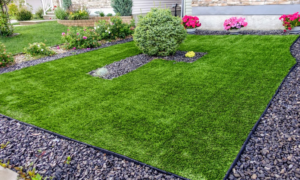

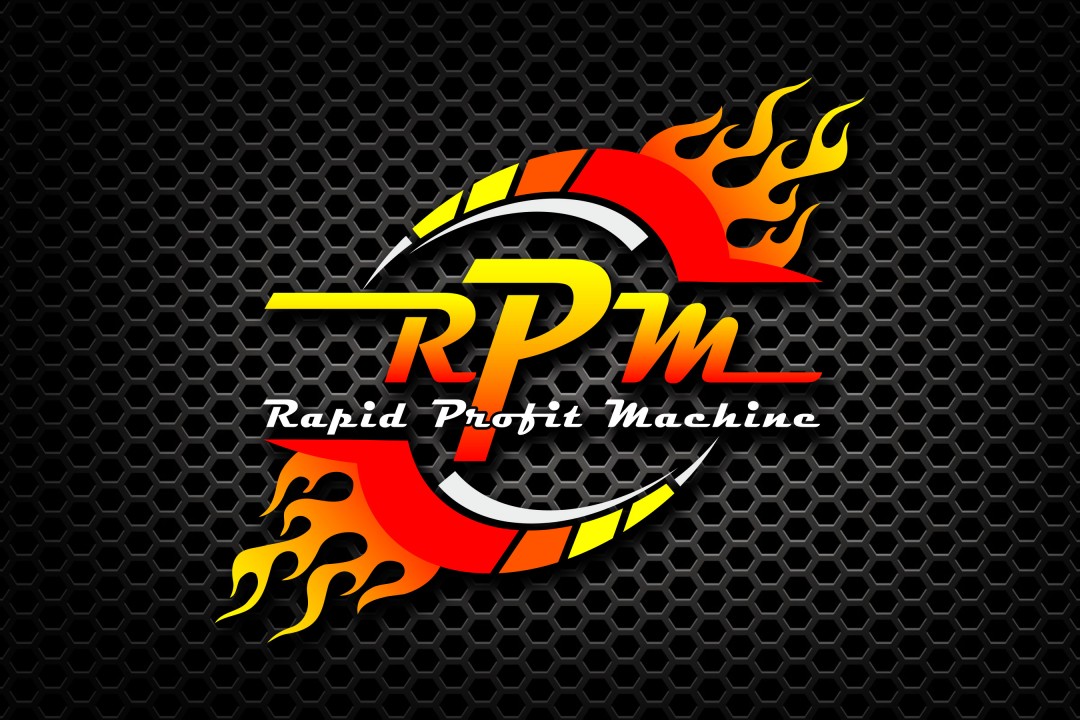
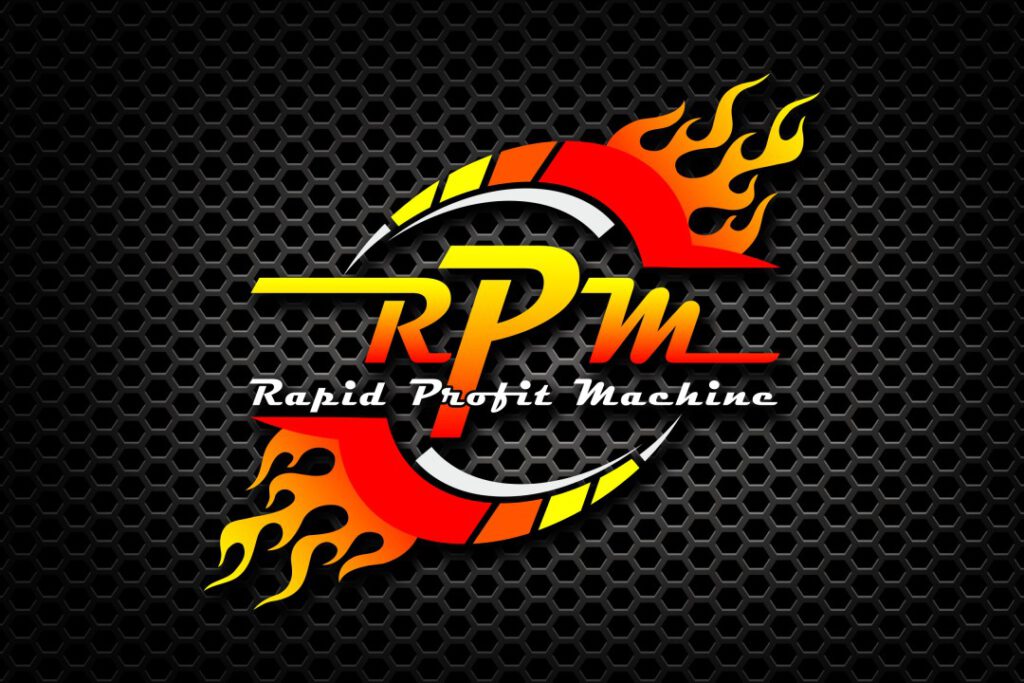
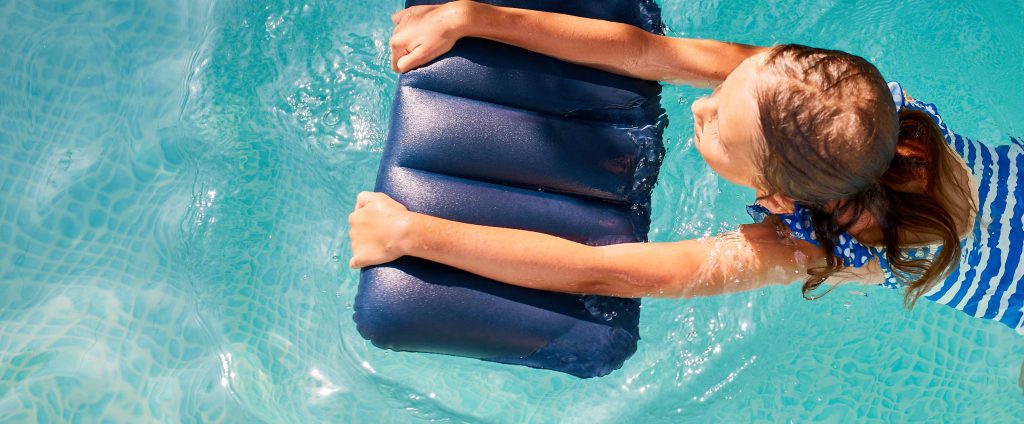
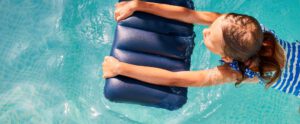


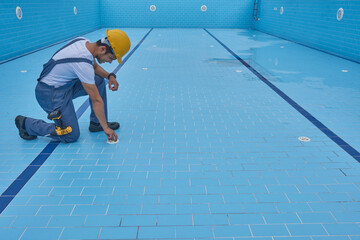
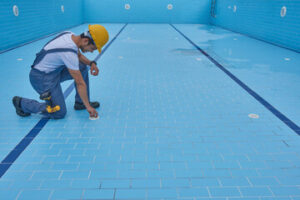 The design of a pool installation should be tailored to the size, shape, and site conditions. It should also comply with local and state safety regulations. The landscape surrounding the pool should blend well with the rest of the property. This includes blending the pool with the house and landscaping, and creating a transition from the house to the pool area. Read on
The design of a pool installation should be tailored to the size, shape, and site conditions. It should also comply with local and state safety regulations. The landscape surrounding the pool should blend well with the rest of the property. This includes blending the pool with the house and landscaping, and creating a transition from the house to the pool area. Read on 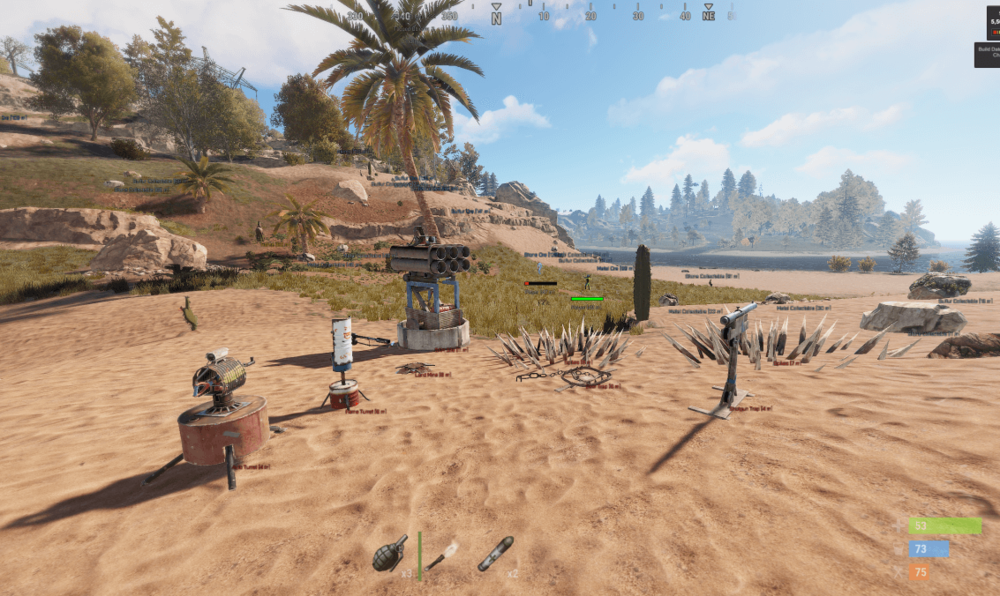
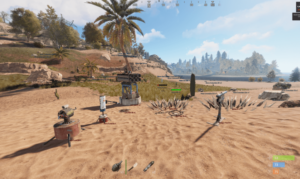 If you want to enhance your abilities, you can use a cheat. These cheats can help you become a better player and stand out from other players. They can also give you access to the best equipment and items in the game. You can easily find a cheat that suits your needs.
If you want to enhance your abilities, you can use a cheat. These cheats can help you become a better player and stand out from other players. They can also give you access to the best equipment and items in the game. You can easily find a cheat that suits your needs.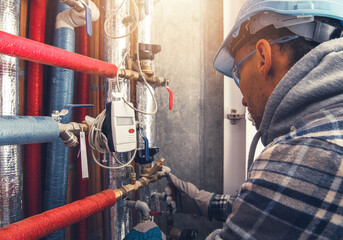
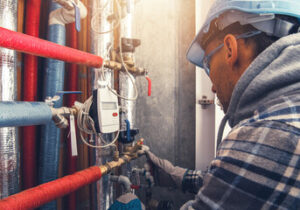
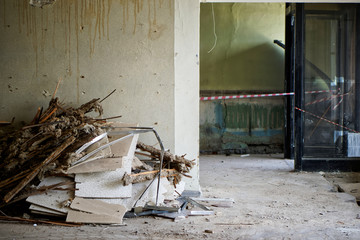
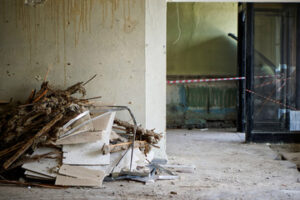 Hiring a professional fire damage restoration company is the best way to ensure that your home is restored quickly and safely. Their extensive experience and knowledge of fire restoration and building regulations will help them restore your property faster. Fire damage can also be extremely harmful to your health, so it is important to get professional help to prevent a long recovery process.
Hiring a professional fire damage restoration company is the best way to ensure that your home is restored quickly and safely. Their extensive experience and knowledge of fire restoration and building regulations will help them restore your property faster. Fire damage can also be extremely harmful to your health, so it is important to get professional help to prevent a long recovery process.